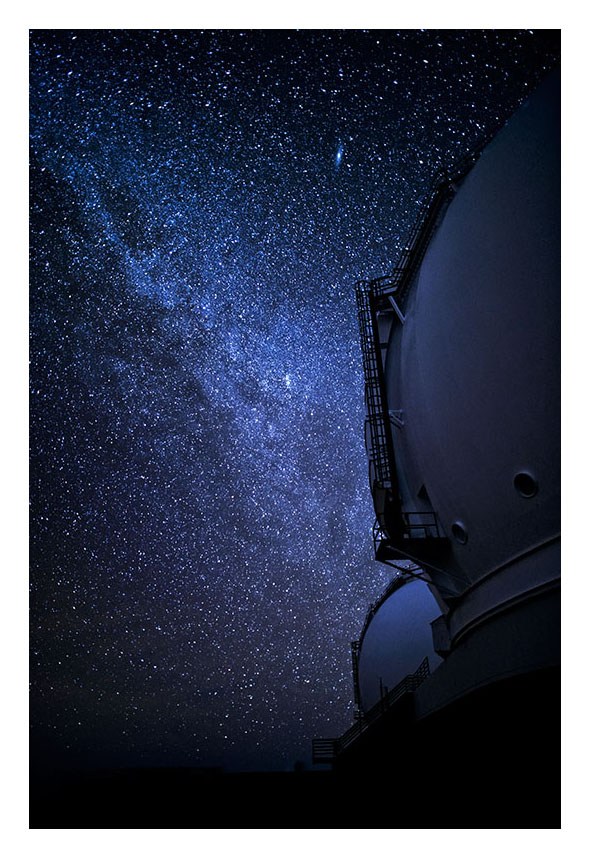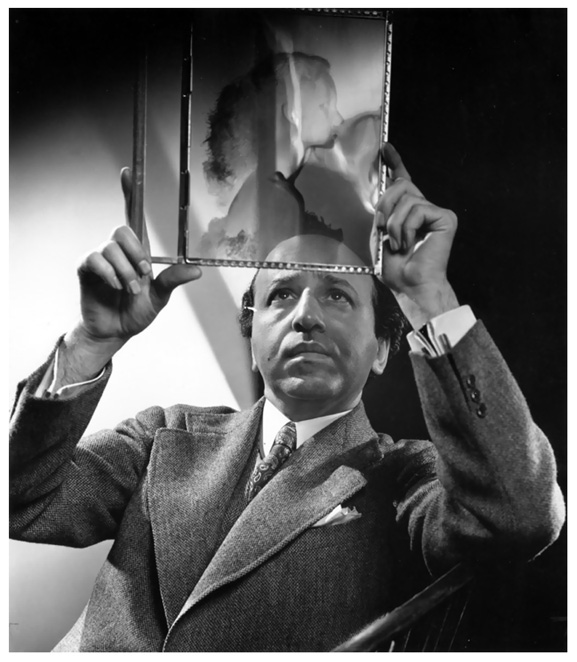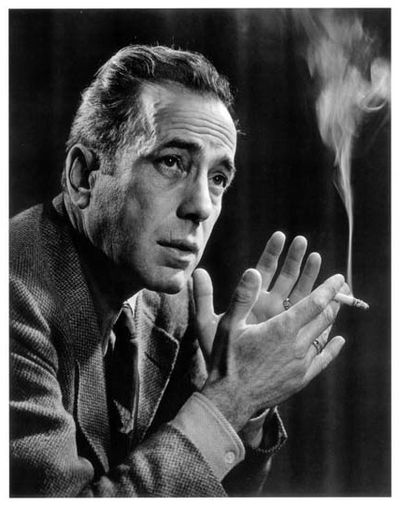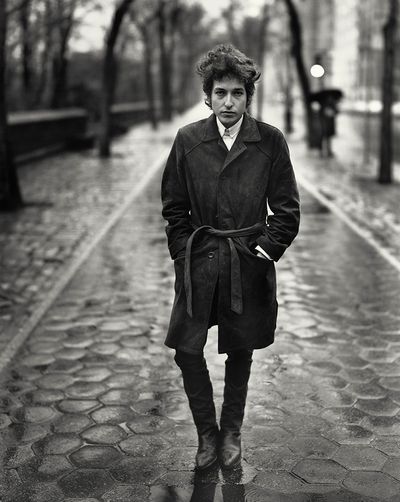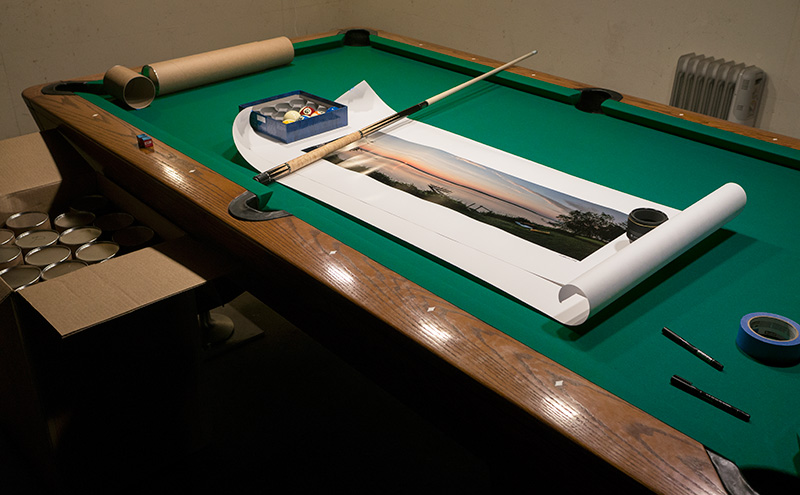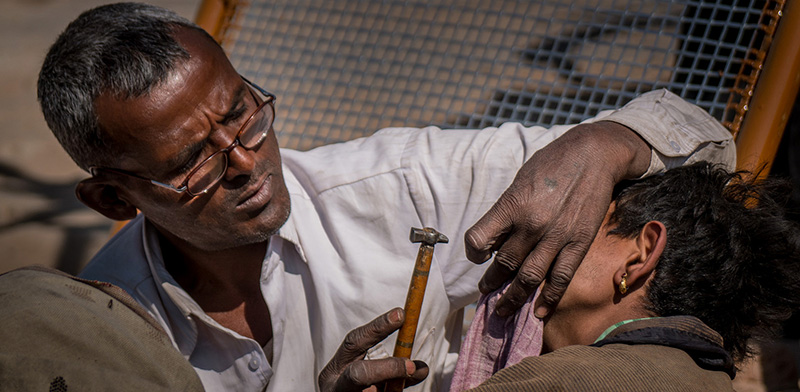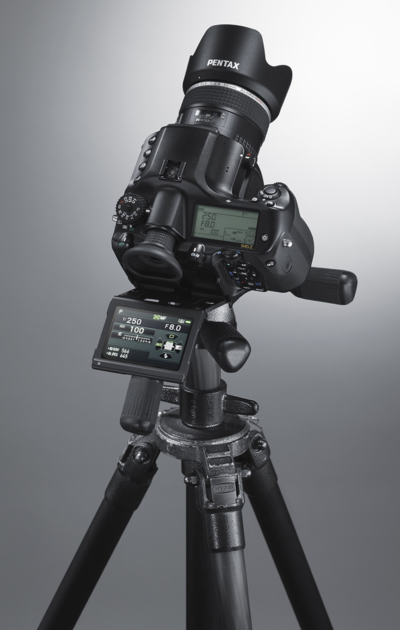 The new Pentax 645Z
The new Pentax 645Z
Funny thing happened with vinyl records a couple of decades ago. (This is a photography post. Stay with me.) Having been supplanted by CDs, demand for vinyl LPs took an absolute nosedive. But then, a small group of enthusiast entrepreneurs noticed that some of the masterpieces of the LP era were being fought over by collectors and that those prices were skyrocketing. I personally sold a single RCA shaded dog LP for $248 once, and prices for jazz LPs can reach multiples of that. What these enthusiast entrepreneurs realized was that they could produce premium reissues for $30 each that would be bargains.
Now, $30 would have been way above the market back when LPs were common currency as the mainstream music carrier of popular choice. Excessive. Unsaleable. Back in the '70s when I was a teenager, I had a personal rule that I wouldn't spend more than $5 for an LP. Thirty dollars would have been out of the question (although I had acclimated to $10 LPs by the end. I bought my first CD player in '82).
So, $30 for an LP record of "Saxophone Colossus," say, when you can get the download from the iTunes store for $9.99 or listen for free on YouTube? Nuts, right? It's only when you're comparing a 200-gram remastered reissue at $30 to an original Prestige LP at $1,247 that the former suddenly looks like a screaming bargain.
But a bargain it is. And thus, the thriving niche of reissue vinyl, which you can explore at vendors such as Acoustic Sounds, Music Direct, and Elusive Disc.
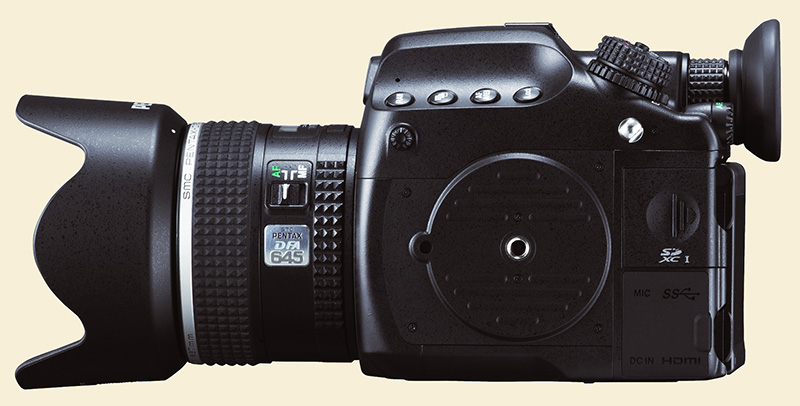
And this is why many people are simply wrong about the Leica T. It's not going to be an expensive mirrorless camera at all.
It's going to be a very reasonably priced Leica.
Because the only people who will be interested in it are people who want a Leica and are deciding which Leica to get. Not people who are looking for a mirrorless camera and are cross-shopping all the alternatives.
'Inexpensive,' please
And that's why the new evolution of Pentax's medium-format digital camera, the 645Z, is insanely cheap.
Granted, the $8,500 price of admission is steep in everyday, real-world, working-man and -woman terms. (It's 1X used Miata, for example, or a Diamond Pro-Am pool table. Be still, my heart.) But you have to look at it in the right light. The 33x44mm, 51.4 megapixel Sony sensor in the 645Z can also be found in the Phase One IQ250 back and high-end Hasselblads which sell for several multiples of $8,500. The 645Z's most direct competitor is probably actually the Leica S. It's not that the 645Z costs more than the D800 that is remarkable...it's that it sells for so much less than its actual competitors.
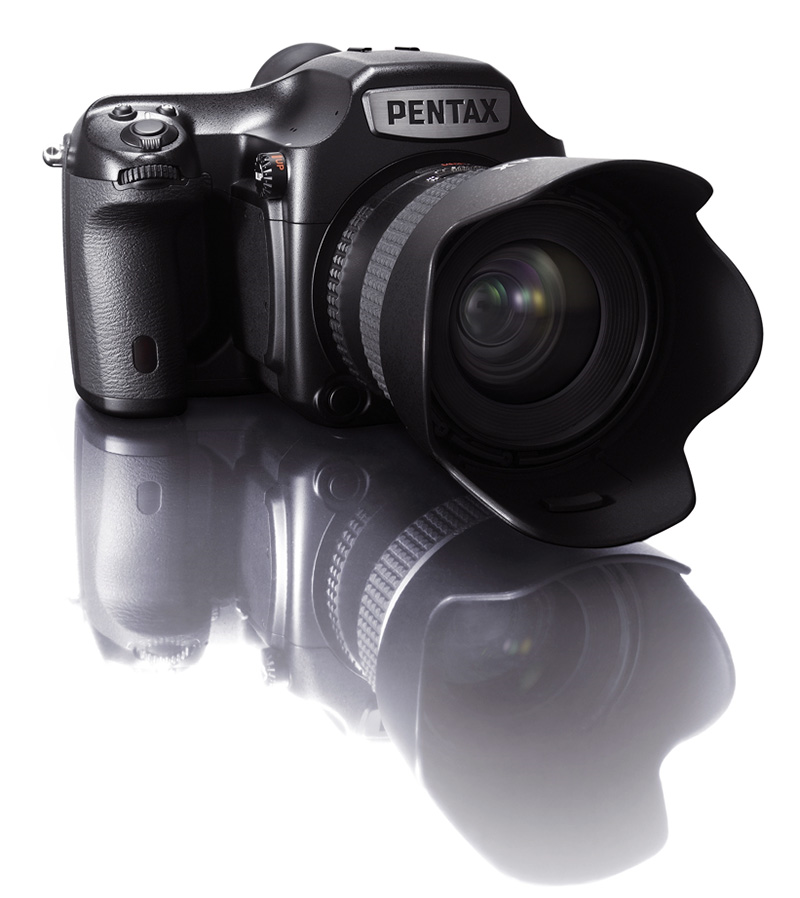
We don't do much hereabouts with what I call "depreciation cameras"—the sort of cameras professionals buy for their businesses. But the 645Z is more in the category of the kind of art/enthusiast cameras we do cover, methinks.
Because it's so dang cheap! :-)
Mike
Original contents copyright 2014 by Michael C. Johnston and/or the bylined author. All Rights Reserved. Links in this post may be to our affiliates; sales through affiliate links may benefit this site.
TOP's links!
(To see all the comments, click on the "Comments" link below.)
Featured Comments from:
Tom Kwas: "Still, 33x44 chip vs. the 24x36 chip in the D800, 51 megapixels vs. the Nikon's 36 megapixels, CMOS vs. CMOS; hmmm...? The 'tiny' 33x44 CMOS medium-format chip size makes a difficult comparison to FF 35mm DSLR. I'll bet this all comes out in the wash, like comparing a Nikon 7100 APS-C 24-megapixel chip vs. a Nikon D800 FF 36-megapixel chip—in other words, not that much visual difference in standard print sizes up to maybe 16x20". You can look at this as a fantastic deal on a medium format based DSLR, or a camera that's not going to give you much addition IQ than a Nikon D800 for three times the cost...."
Mike replies: True. In June we'll be having a sale of a nice example print from a medium-format Leica, and people will be able to see the quality difference for themselves.
David Paterson: "I owned the 645D—predecessor to the 645Z—for close on two years. It was probably a mistake to buy it, but it was a much bigger mistake to sell it. The 645D was a very fine camera in many ways, and the image-quality was nothing short of miraculous; unfortunately, several mistaken assumptions and calculations came together to convince me to sell. Though I won't be going that route again, every day I'm out shooting I regret not having the Pentax. The 40-MP 645D had a CCD sensor—I wonder how the 52 MP CMOS of the 645Z will compare?"
Ned Bunnell: "Mike, as you know I just came back from Cuba and only took my Ricoh GR. My other choice would have been the 645Z, which obviously would have been an entirely different type of shooting exercise. However, the wonderful colors of Cuba would be a perfect assignment for this camera. Unfortunately, Ricoh advised it wouldn't be available until June.
"I'm definitely going back to Cuba and will hopefully be able to take a much larger camera bag carrying the 645Z. As far as the price of this camera, it's a no-brainer if your style of photography warrants a more studied, carefully framed image."
[Ned is the former President of Pentax Imaging (USA). —Ed.]
Francisco Cubas: "I had the good luck of using for a brief time the Pentax 645D and a Hasselblad H4D. The Hasselblad was a pain to use, the Pentax is one of those cameras that you remember forever. Its handling is on pair with the best DSLRs (the screen, for example, has sensors that automatically change it from vertical to horizontal and back), and has all the physical buttons you need in the body. The image quality was superb, of course. I haven't tried the Leica S, but if I win the lottery the 645Z will be the first camera that I'll buy."
MarkB: "What really separates the Pentax 645D and Z from its medium-format competition is that it has the same interface, AF, and many of the same features as Ricoh's top-tier DSLR, the Pentax K-3. Shared engineering that the medium format players don't have!
"This makes it, in my mind, something of a hybrid that confuses the traditionalists. Even on paper it's both better and worse than the competition in both 35mm and medium-format. Better than a D800 for detail and (probably) DR, but worse for price, available lenses, AF and shooting speed. Better than a H5D-50c in price, weather sealing, AF and shooting speed (which Hassy owners might quickly retort is 'meaningless in MF'), but worse in lens selection (particularly leaf-shutter) and converting existing investments via a camera back. So, the naysayers will say 'nay, it isn't competition to either.'
"Sometimes it seems like Pentax just can't win in the court of opinion, but boy do they ever put together a fine camera for photographers."
AlanH: "Wasn't the Canon 1Ds of 2002 about the same price of entry? Methinks we've come a long way in a little more than a decade!"
[The "street price" of the 4.5 MP(!) D1 (introduced Sept. 2001) was about $5,500. But yes, we've come a long way. —Ed.]
Will (partial comment): "The 645D is a brilliant camera. I went from shooting medium-format film to that. The money I saved in film and processing paid for the 645D in about one year. I will not be selling this camera for the Z, but the Z is probably going to be another fine camera.
"It is good that finally Ricoh is selling the 16 FA lenses new here in the U.S. That makes 19 lenses available with one more on the way. A couple of the FA lenses are not that great—the 45mm is the one most disliked—but some of them are great where a 'digital' version will not make them better. I have a D800E and I have a harder time finding sharper lenses for that, especially in terms of corner sharpness. But working with both cameras, the 645D wins hands down for ergonomics and a better viewfinder. The images are comparable, but they are not the same. That might come with personal preference. I find the 4:3 format easier to use than the 3:2.
"I regularly print 40" or larger. I can't find anything wanting in the files. Even with the D800, I don't feel limited in DR—we all look at the specs, but I don't think we really understand what they mean visually.
"Finding a camera is very personal. Budget is a very real limitation. But I have never found that buying something cheap makes an impact on the quality of my work, at least not a positive one. I have found if I get the best camera for me, then that does change the quality of my work as well as the consistency. I like the D800, but I so much prefer using the 645D, and by the same token, my work from that camera has an edge."

